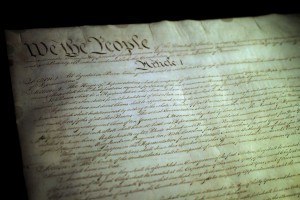
Source: Flickr.
“A well regulated Militia, being necessary to the security of a free State, the right of the people to keep and bear Arms, shall not be infringed.” – Second Amendment to the United States Constitution
In the United States, the Second Amendment has become just as important as the First Amendment when it comes to the rights that citizens find important. The issue is one that continues to be divisive as some see the Second Amendment as only allowing states to form their own armed militias to guard against the takeover of the Federal Government.
Others believe that the DC vs Heller ruling in 2008, which allows for the personal ownership of firearms guaranteed by the Second Amendment, doesn’t go far enough to protecting the rights of the individual in this area. Some say that there should be a right to own an unlimited amount of firearms for personal defense.
Is there a right answer in all of this? Here’s a brief look at the history and background of the Second Amendment for your consideration.
How the Second Amendment Evolved in Law
The background of the Second Amendment dates all the way back to the 10th century. In the UK, it was a standard operating procedure to arm citizens to make sure revolts didn’t happen at a grassroots level. If an attack from an organized rebellion were to occur, the armed supporters of the crown could rise up against the rebellion and put it down so the king or queen wouldn’t have to lift a finger.
Many would argue that this was the initial purpose of the Second Amendment. The framers of the Constitution saw the benefits of having a well-regulated armed force around to provide security for a young nation. Remember: the initial United States was along the Atlantic Coast and without a full-sized national army; the new government would need to have each state be able to protect itself in some way.
Around the time of the Civil War, the thinking about what constituted a militia began to change. The right to “bear arms” began to apply to the citizens who would form a militia. Some saw it as common sense to give those folks the right to keep arms so they could quell an uprising should it occur. The Supreme Court for several generations interpreted this as a right for any American to join a militia, which would therefore allow them to own a weapon should they be called to participate in a regulated event.
The Evolution of Modern Firearms and the Second Amendment
“…It protects the right to shoot tyrants, and it protects the right to shoot at them effectively, with the same instruments they would use upon us.” – Andrew Napolitano
In the 2016 Presidential campaign, candidate Dr. Ben Carson famously stated that mass shootings are simply the price that US citizens pay for the freedom to own guns. This is a reflection of the attitudes about guns that is seen on the right and the left in the modern United States. People believe that since they can own guns, they should load up their home with as many loaded weapons as possible to defend themselves.
Yet when the Second Amendment was crafted, the idea of having a handgun that could support a 30 round magazine wasn’t ever considered. People at the founding of the US owned muskets. Even during the Civil War, repeating rifles could only fire 10-20 rounds per minute. Today you can fire that many rounds in a couple of seconds with the right gun.
Now multiply that ability by 10, 50, 100, or by however many guns a household might be stockpiling and this is why there is such a rift about the Second Amendment today. By 2008, when the right to personally bear arms was decided by the Supreme Court, a different view of the Second Amendment from a historical standpoint has been come to be held by many in power.
Andrew Napolitano sums up this alternative view on the Second Amendment succinctly. “The historical reality of the Second Amendment’s protection of the right to keep and bear arms is not that it protects the right to shoot deer. It protects the right to shoot tyrants, and it protects the right to shoot at them effectively, with the same instruments they would use upon us.”
The Difference between Second Amendment Responsibility and Irresponsibility
Under the current interpretation of the Second Amendment, almost every US citizen has the right to own a gun. There are exceptions for domestic violence cases, certain felony convictions, and other localized restrictions.
What is not in place is a set of guidance standards for the responsible use of a firearm, with the exception of certain concealed carry permits applications, which require training and the demonstrated use of responsible ownership. This means it is up to each owner to put their best foot forward when it comes to the use, maintenance, and storage of their firearm.
This means proactive steps must be taken to secure firearms from the curiosity of young children. Trigger locks should always be used when a gun is stored around children, even if it is being transported in a vehicle or required for work. A gun safe should be at home with the firearms locked within it in such a way that no one can access the weapon without a combination, the right biometrics, or other security devices.
It also means there is a responsibility to teach children about when it is appropriate to use a gun and when it is inappropriate to do so. Children must be taught that guns are not toys, but aren’t something that should be feared. With responsible use, a gun is simply a tool. With irresponsible use, a gun can easily take the lives of many in just seconds.
Finding the Right Path toward the Second Amendment
100 different people are going to interpret laws 100 different ways. That’s the nature of human existence. What we must do is realize that these differences are what make us strong as a community, a neighborhood, or even as a family. Mass shootings don’t have to be the “new normal,” as some might suggest. Instead of trying to prove that each individual point of view is 100% correct and everyone else is wrong, we can and must work together to find solutions that benefit all of us – including in regards to gun ownership.
Owning a gun doesn’t make someone better or worse. It simply gives them a tool to responsibly use when the time is right. That’s what the Second Amendment is all about.

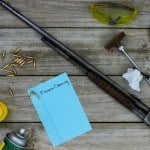
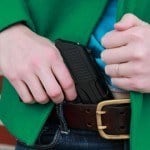
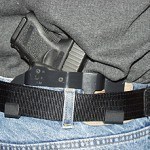
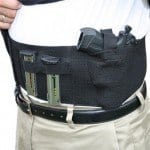
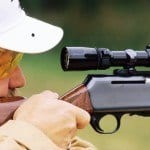
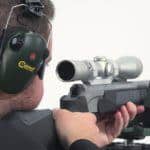




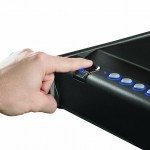
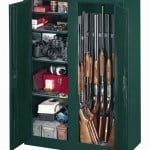
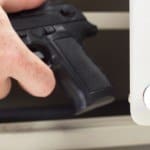
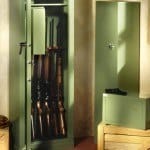
Leave a Reply